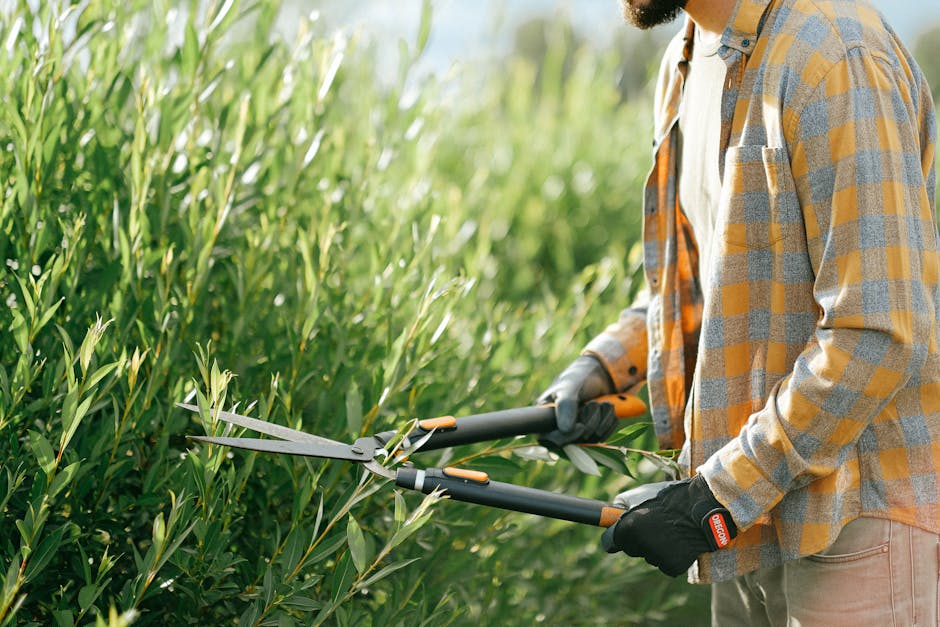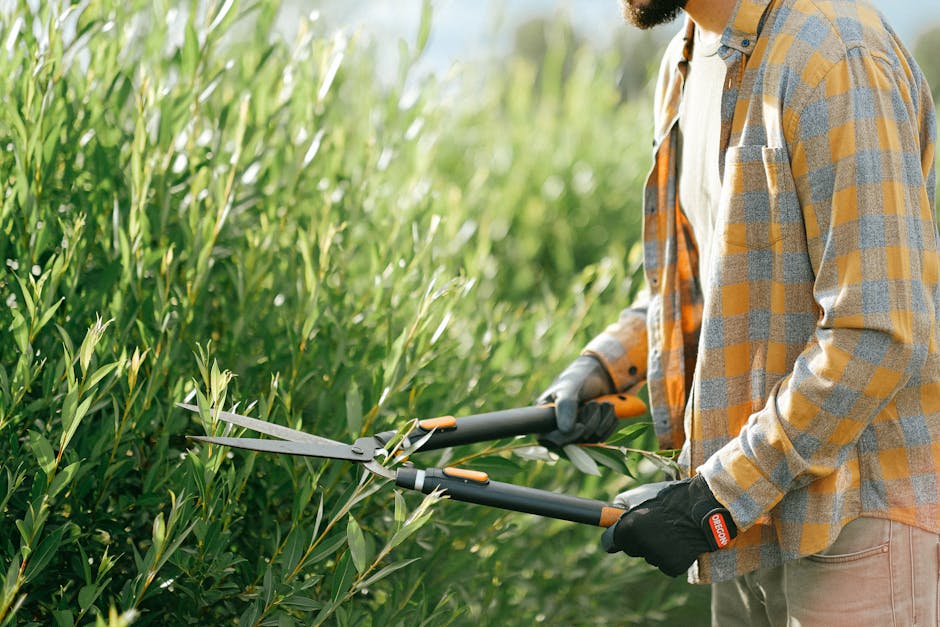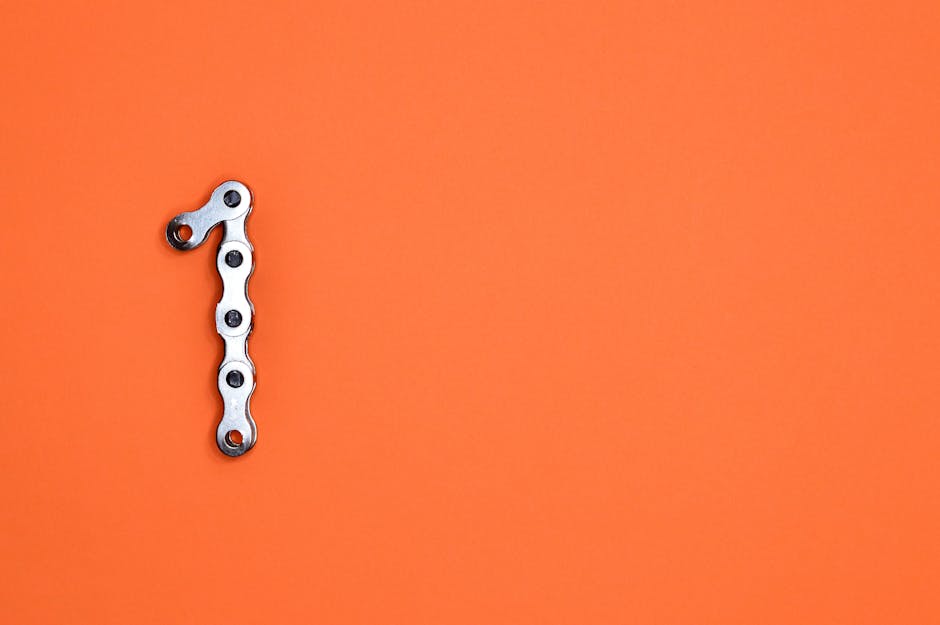What Shears Have the Hardest Edge? Find Out Here!
When it comes to selecting the right shears for medical, emergency, or tactical applications, understanding the hardness of the shear edge becomes crucial. The hardness of a shear's edge determines its ability to maintain a sharp cutting surface over time, ensuring precision and efficiency. Calculated using the Rockwell Hardness Scale, a higher score indicates a more durable edge that can withstand rigorous use without dulling. This attribute is especially vital for professionals who face high-stakes situations where every second counts.
The material used in crafting these shears plays a significant role in determining their hardness. High-carbon stainless steel is a preferred choice, as it offers a perfect blend of corrosion resistance and edge retention. It's also noteworthy that some manufacturers incorporate advanced treatments like cryogenic processing to enhance the hardness further, providing shears that not only last longer but also perform better under pressure.
Moreover, edge hardness affects the shear's ability to cut through various materials with ease, from delicate bandages to rugged fabrics. For emergency responders and healthcare professionals, such reliability is non-negotiable. By choosing shears with the hardest edge, users can ensure their tools remain sharp and effective, minimizing the risk of accidents during critical procedures.
To explore shears with top-tier edge hardness, find out more by visiting our website at www.oneshear.com.
Importance of Hard Edge in Shears

The significance of a hard edge in shears cannot be overstated, particularly in fields where precision and reliability are paramount. A hard edge ensures that the shears maintain their sharpness over extended periods, reducing the frequency of sharpening and replacement. This is crucial in medical and emergency settings, where tools must perform flawlessly to prevent any delays or errors during critical operations.
In the realm of emergency response and tactical operations, shears are often subjected to cutting through tough materials like leather, denim, or even metal wires. A shear with a soft or less durable edge might falter under such conditions, leading to potentially hazardous situations. Hence, the resilience provided by a hard edge is indispensable, allowing professionals to execute their tasks with confidence and ease.
Furthermore, a hard edge contributes to the overall ergonomics and user experience of the shears. Professionals can rely on their tools to deliver clean, precise cuts, minimizing the exertion required during use. This not only enhances efficiency but also reduces the risk of strain injuries that can occur from prolonged use of inferior tools.
In essence, investing in shears with a hard edge is an investment in quality and safety. It ensures that the tools are always ready to meet the demands of high-pressure environments, providing peace of mind to those who rely on them to save lives.
Materials Contributing to Hardness
When it comes to determining what shears have the hardest edge, the choice of materials plays a pivotal role. The composition of the blades directly impacts the hardness, durability, and overall performance of the shears. One of the most common materials used is high-carbon stainless steel. This material is renowned for its ability to maintain a sharp edge while also resisting corrosion, making it ideal for environments where hygiene and durability are critical.
Additionally, some shears incorporate tungsten carbide inserts. Tungsten carbide is known for its exceptional hardness and ability to retain its edge even under intense use. By incorporating such materials, manufacturers can enhance the cutting performance and longevity of the shears, ensuring they are up to the task in demanding settings.
Another innovative approach involves the use of titanium coatings. Titanium not only adds to the hardness of the blades but also provides additional benefits such as reduced friction and increased resistance to wear and tear. This combination is particularly beneficial in situations where shears are used frequently and need to perform consistently without degradation in quality.
While the choice of materials significantly contributes to the hardness of the edge, the manufacturing process also plays a crucial role. Techniques such as precision honing and tempering are used to refine the edge, ensuring that it maximizes the potential of the chosen materials. By understanding these material and process innovations, professionals can make informed decisions when selecting shears that promise the hardest and most reliable cutting edge.
Comparing Top Shear Brands

When evaluating what shears have the hardest edge, it's essential to consider the leading brands in the market known for their quality and performance. Each brand brings unique features and innovations that cater to the specific needs of medical, emergency, and tactical professionals.
**ONE SHEAR®** is a standout brand, trusted for its commitment to precision and durability. Their trauma shears are engineered with high-quality materials, ensuring they deliver reliable cuts in critical situations. Known for their robust construction and sharp edges, ONE SHEAR® products are favored by healthcare providers and emergency responders who need reliable tools when seconds count.
Another popular brand is **Leatherman**, widely recognized for its multi-tools and shears. Leatherman shears often incorporate additional functionalities, such as strap cutters and oxygen tank wrenches, making them versatile tools for professionals. While they may not always feature the hardest edge, their multifunctional design appeals to users who need more than just cutting capability.
**Raptor** by Leatherman is frequently compared with other top brands due to its innovative design and durable materials, including stainless steel and glass-filled nylon. These materials contribute to a durable edge, although they may not match the sheer hardness of tungsten carbide-enhanced options.
Lastly, **Fiskars** is another brand known for its scissors and shears, providing a range of options for different applications. While primarily associated with crafting and home use, some of their models are designed with high-quality steel that offers a respectable hardness level for less intensive emergency applications.
In conclusion, when comparing top shear brands, professionals should consider their specific needs, the materials used, and the brand's reputation for quality and innovation. These factors will guide them in selecting a shear with the hardest edge and the most reliable performance.
Maintenance for Edge Longevity

Maintaining the edge of your shears is crucial for ensuring their long-term **performance and durability**. Whether you're using shears in a medical, emergency, or tactical setting, proper maintenance can make a significant difference in the sharpness and effectiveness of the tool over time.
**Regular Cleaning:** After each use, it's important to clean your shears thoroughly. Residue from materials like bandages, clothing, or other substances can dull the blades. Use a soft cloth and mild soap to remove any debris, then dry the shears completely to prevent rust and corrosion.
**Sharpening:** Depending on how frequently the shears are used, regular sharpening is necessary to maintain the edge. Using a sharpening stone or a professional sharpening service can help keep the blades in peak condition. Be sure to follow the manufacturer's guidelines on sharpening angles to avoid damaging the edge.
- Lubrication: Applying a small amount of oil to the pivot point of the shears can ensure smooth operation and prevent rust. This should be done after cleaning and drying the shears.
- Proper Storage: Store your shears in a clean, dry place. Use a protective sheath or case to protect the blades from accidental damage and to keep them away from moisture.
**Inspection:** Regularly inspect your shears for signs of wear or damage. Look for chips, nicks, or dull spots on the blades, and check the handles for any cracks or looseness. Addressing these issues promptly can prevent further damage and ensure the shears remain safe and effective.
By following these maintenance tips, you can significantly extend the life of your shears' edge, ensuring they remain a reliable tool in any critical situation. Investing time in proper care not only preserves the tools but also enhances their performance when it matters most.
Choosing the Right Shears for You

Selecting the perfect pair of shears is essential for professionals who rely on precise and clean cuts in high-stakes environments. When choosing shears, consider several key factors that will ensure you have the right tool for your specific needs.
**Material and Durability:** Look for shears made from high-quality materials such as stainless steel or titanium. These materials provide exceptional strength and resistance to corrosion, ensuring that the shears remain sharp and reliable even with frequent use.
**Comfort and Ergonomics:** Since you'll likely be using your shears for extended periods, comfort is crucial. Opt for shears with ergonomic handles that reduce hand fatigue and provide a secure grip, even in wet or slippery conditions.
**Blade Sharpness and Design:** The sharpness of the blade is a critical factor. Shears with a micro-serrated edge offer better grip on materials, preventing slippage during cutting. Additionally, consider the length and shape of the blades to match your specific tasks, whether you're cutting through fabric, rope, or medical dressings.
- Safety Features: Features like blunt tips and safety locks can prevent accidental injuries, making them a valuable addition to any pair of shears.
- Portability: If mobility is a concern, choose shears that are lightweight and come with a carrying case or clip for easy access and storage.
By considering these factors, you can find a pair of shears that meets your professional demands and enhances your efficiency in critical situations. **ONE SHEAR®** offers a range of premium shears that combine durability, precision, and innovative design. Find out more by visiting our website at www.oneshear.com to explore the best options tailored to your needs.





